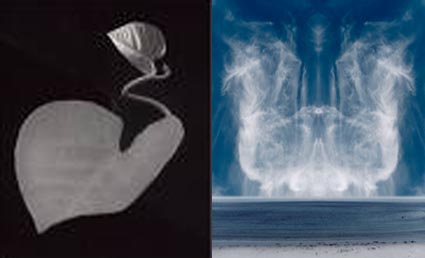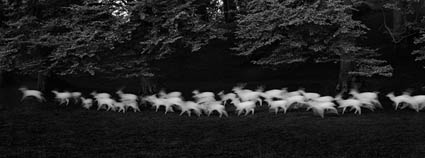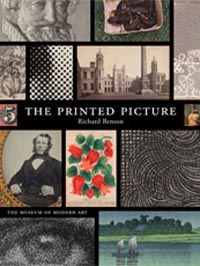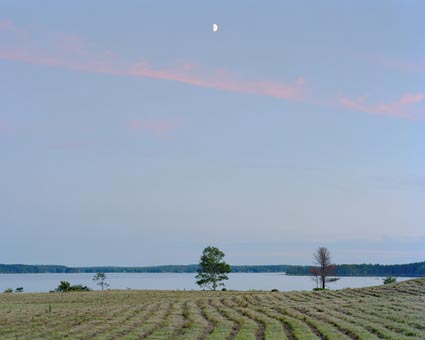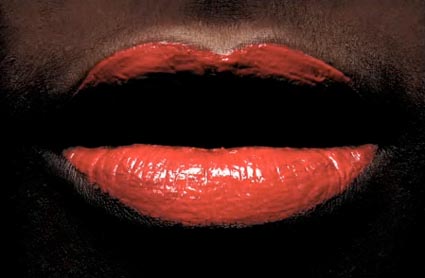Maggie Taylor and Jerry Uelsmann – Just Suppose
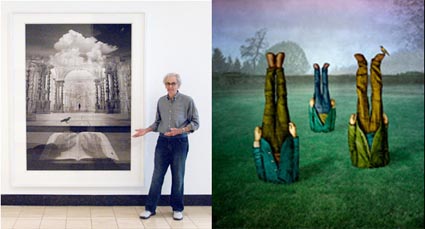
“There’s nothing more exciting for an artist than an exhibition showcasing new work, unless that show also features the work of an equally acclaimed and beloved spouse. Such is the story of photographer Jerry Uelsmann and artist Maggie Taylor at their recent “Just Suppose” exhibition at the University Gallery, University of Florida (UF), Gainesville, Fla.
Although the content of their art has a similar ethereal quality, both have very different approaches. Jerry Uelsmann rose to fame in the 60’s and 70’s as a master black-and-white printer creating composite images with multiple enlargers and long hours in the traditional darkroom. In contrast, Maggie Taylor produces her dreamlike color images by scanning objects into a computer using a flatbed scanner, manipulating the images with Adobe Photoshop, and printing them in a digital workflow using Epson Stylus Pro printers.”
Find out more about the production of their new work for this exhibit here.
Read my conversation with Jerry Uelsmann here.
Find Jerry and Maggie’s books here.


